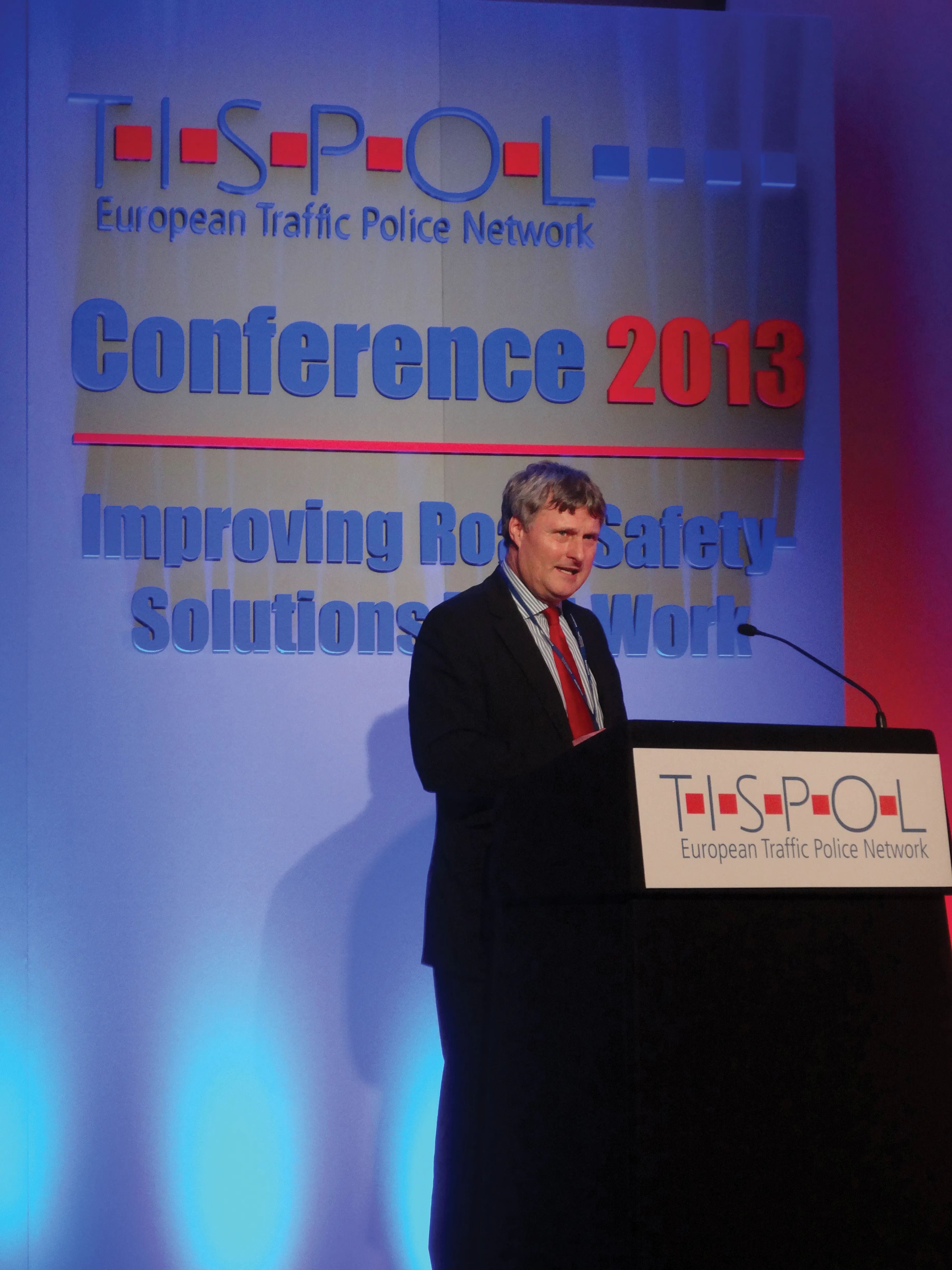The report highlighted one day as being particularly bad, with 307 road crashes across the country, with 336 injuries and 26 deaths. The majority of the crashes, 79.85%, involved motorcycles, with pick-up trucks being next most dangerous and according for 7.17% of crashes. Nakhon Ratchasima Province saw the highest casualty rate, with 20 road fatalities during the festival.
Alcohol use was associated with 40.28% of the crashes, while speeding was a factor in 26.5% of crashes. To try and address this known problem, police officers had a series of checkpoints at various key points across the country. There were 146,589 traffic offences recorded, including 37,779 of driving with no licence and 39,572 of riding a motorcycle without a helmet.
Of note is that the provinces of Ranong, Non Khai, Samut Songkhram and Nong Bua Lamphu had no road deaths during the period.
Thailand’s dangerous days for festival
Thailand’s recent Songkran Festival period saw a worrying spike in road crashes and fatalities. There were 418 road deaths over the seven day festival period, held in April, an increase of 7% over the 390 fatalities recorded for the event in 2017. The Road Safety Centre's report said that the number of crashes during the seven day festival hit 3,724 for 2018, compared with 3,690 in 2017, while injuries grew to 3,897 in 2018 from 3,808 in 2017.
April 20, 2018
Read time: 2 mins
Thailand’s recent Songkran Festival period saw a worrying spike in road crashes and fatalities. There were 418 road deaths over the seven day festival period, held in April, an increase of 7% over the 390 fatalities recorded for the event in 2017. The Road Safety Centre's report said that the number of crashes during the seven day festival hit 3,724 for 2018, compared with 3,690 in 2017, while injuries grew to 3,897 in 2018 from 3,808 in 2017.






